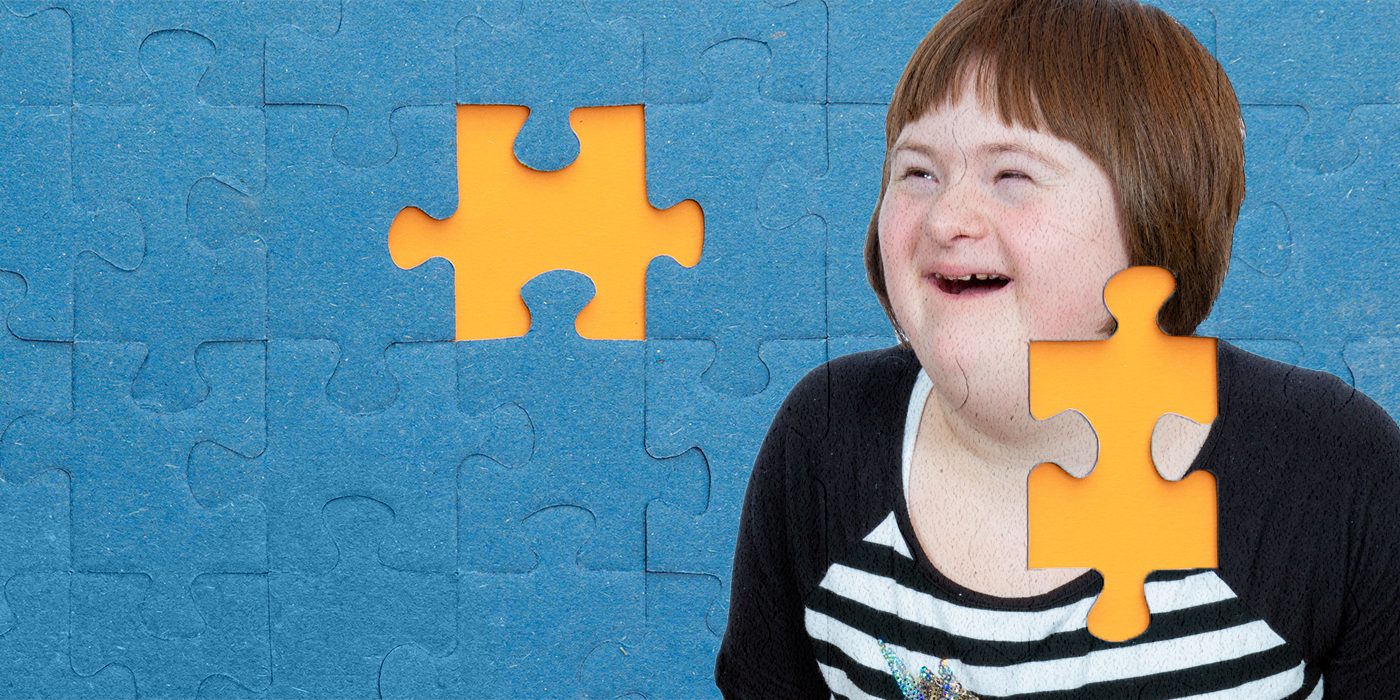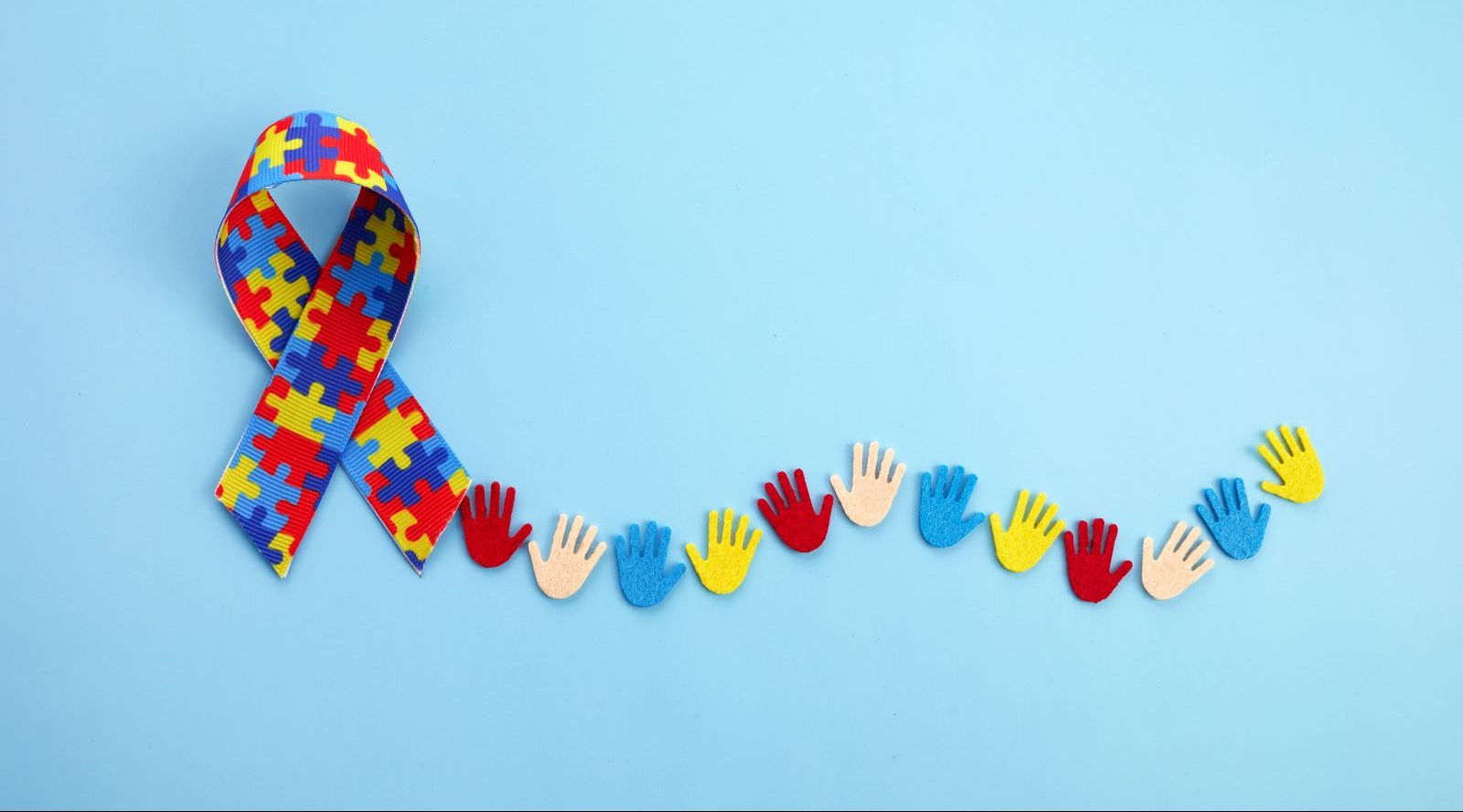Navigating Social Challenges: Tips for People Living with Autism
Navigating Social Challenges: Tips for People Living with Autism
Blog Article
Checking Out Autism: Strategies for Effective Communication and Interaction
Reliable interaction and interaction with individuals on the autism range necessitate an extensive understanding of their special needs and choices. The complexities of these approaches disclose additional considerations that warrant expedition, especially in exactly how they can be adjusted to varied contexts and private experiences.
Comprehending Autism Spectrum Problem
Autism Spectrum Disorder (ASD) incorporates a range of neurodevelopmental conditions characterized by challenges in social communication, communication, and repeated behaviors. The term "range" mirrors the varied indications and varying degrees of severity experienced by individuals with ASD. While some might display significant disabilities, others might display high-functioning attributes, permitting for higher freedom in daily life.
The beginning of ASD normally happens in early childhood, with indicators usually well-known by age 2. Very early indications may include delayed speech growth, restricted eye call, and problems in recognizing social signs. The accurate etiology of ASD continues to be unclear, research suggests a combination of hereditary and ecological factors plays an important duty in its advancement.
Individuals with ASD often possess special toughness, such as heightened interest to information and extraordinary memory skills. However, they might battle with understanding abstract ideas and handling changes to regular. Consequently, interventions and assistance tailored to specific needs are essential for cultivating communication and social abilities. Identifying the complexity of ASD is vital for advertising recognition, acceptance, and effective methods that promote purposeful communications with people on the spectrum.

Value of Clear Interaction
Reliable interaction is vital for cultivating understanding and connection, particularly for individuals with Autism Spectrum Problem (ASD) Clear interaction not just promotes social interactions yet also improves the person's ability to express their feelings, ideas, and demands. For people with ASD, the nuances of language can usually be testing; consequently, utilizing unambiguous and uncomplicated language is crucial.
Furthermore, clear interaction aids reduce frustration and anxiousness that may emerge from misunderstandings. When messages are shared in a straight and regular manner, people with ASD are better outfitted to translate information accurately, which can dramatically enhance their social engagement and participation in numerous settings.
Establishing routines and making use of visual assistances can additionally boost clear communication. These techniques offer people with foreseeable frameworks that aid understanding and retention of details. In addition, actively being and listening individual during interactions advertises an encouraging setting where people with ASD feel valued and understood.
Ultimately, focusing on clear interaction not only equips people with ASD yet also promotes more purposeful connections with their peers, caregivers, and the broader neighborhood, paving the means for inclusive communications and collective relationships. - autism
Non-Verbal Interaction Strategies
Communication extends past words, and for people with Autism Range Disorder (ASD), non-verbal cues play a significant role in communications. Non-verbal communication techniques can include faces, gestures, body movement, and eye contact, every one of which function as vital components for communicating emotions and objectives.
Recognizing and interpreting these non-verbal signals can improve interactions with people with ASD. A cozy smile or open pose can produce a welcoming ambience, motivating interaction. Likewise, making use of aesthetic help-- such as image cards or symbols-- can connect interaction voids go to my blog and help communicate messages better.
It is additionally essential to be mindful of individual area, as individuals with ASD might have various comfort degrees relating to closeness. Observing their responses to physical nearness can notify suitable changes.

Creating Supportive Atmospheres
Developing an encouraging atmosphere is essential for promoting favorable interactions and boosting the well-being of people with Autism Range Condition (ASD) Such environments can significantly reduce anxiety and create a sense of safety and security, allowing people to share themselves more freely.
To accomplish this, it is important to think about sensory level of sensitivities that individuals with ASD may experience. Changing the physical room to consist of soft lights, marginal history sound, and comfy seating can develop a soothing ambience. In addition, using regular routines and clear aesthetic routines can aid people anticipate shifts and decrease unpredictability, additional promoting convenience.
Social areas should be structured to lessen overwhelming stimulations while offering opportunities for engagement in favored tasks. Helping with locations designated for silent time can likewise serve as a refuge throughout minutes of tension. Significantly, incorporating components of option empowers people, enabling them to exercise company in their environment.

Encouraging Social Interactions
Cultivating social interactions among people with Autism Range Problem (ASD) requires intentional techniques that prioritize convenience and interaction. Developing predictable regimens can help in reducing stress and anxiety, making social setups a lot more approachable. Producing structured atmospheres with specified obligations and functions permits people to involve without the overwhelming More hints pressure of unstructured social characteristics.
Integrating interests and strengths right into social tasks can function as a catalyst for interaction. As an example, arranging group tasks around shared pastimes or subjects of fascination can help with natural discussions and links. In addition, utilizing aesthetic supports, such as social manuscripts or pictorial routines, can help in understanding social signs and expectations.
Designing proper social behaviors is critical - autism. Grownups and peers need to show reliable interaction techniques, consisting of energetic listening and turn-taking. Role-playing situations can likewise provide a safe area for people to practice these skills
Lastly, fostering peer relationships through inclusive techniques is necessary. Motivating inclusive playdates or group getaways can create possibilities for socialization in a comfy setting. By carrying out these caregivers, teachers and strategies can dramatically boost social communications for people with ASD, address promoting their general social growth and wellness.
Verdict
In verdict, reliable interaction and communication techniques are crucial for supporting individuals with Autism Range Problem. Eventually, these methods encourage individuals with autism to browse social landscapes, advertising their total wellness and allowing the growth of long-term connections.
Efficient interaction and interaction with individuals on the autism range necessitate a detailed understanding of their one-of-a-kind requirements and preferences. Clear interaction not just promotes social interactions yet likewise boosts the person's capacity to express their feelings, demands, and ideas.Fostering social interactions amongst people with Autism Range Disorder (ASD) needs deliberate techniques that prioritize comfort and engagement. By implementing these caregivers, strategies and teachers can dramatically enhance social communications for people with ASD, advertising their total social development and wellness.
In verdict, efficient communication and interaction techniques are vital for supporting people with Autism Spectrum Problem.
Report this page